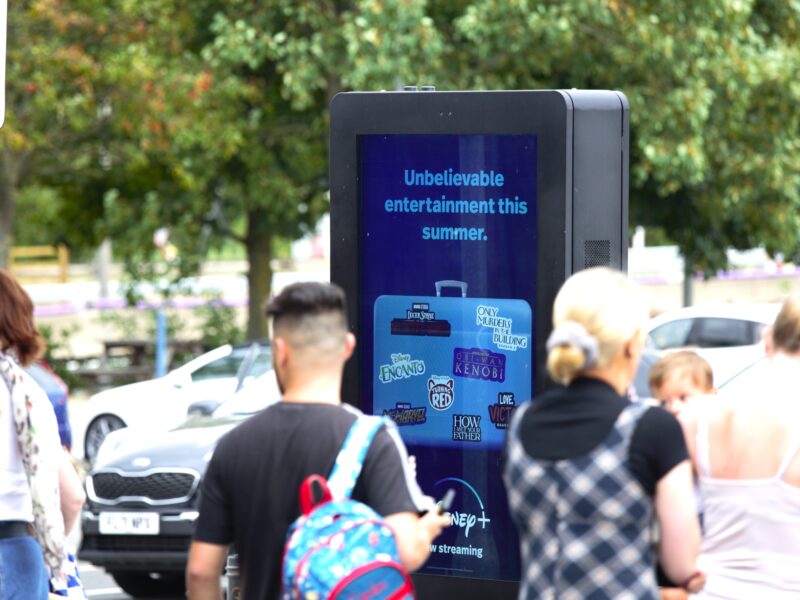
Jun
Reaching and Influencing Entertainment Enthusiasts on the Go at MSAs
In a new piece of Connector research, we examine how Motorway Service Ares (MSA) users are real entertainment enthusiasts in the way they select subscription streaming services, how they plan their consumption and what they download on journeys and staycations.
Almost all use some form of streaming services. The everyday MSA audience is younger and more affluent, but throughout the summer entertainment brands can also target people on the go – with a leisure and holiday focus.
Programme planning is a key factor for 18-34s in particular and whether upcoming series or tonight’s programming, commuter and leisure audiences are in the sweet spot for this increasingly competitive sector. With 6 in 10 MSA visitors planning what they will watch in advance, MSA advertising provides a fantastic opportunity to reach an engaged audience open to persuasion.
Our research asked 1,500 MSA visitors about their entertainment and subscription behaviours. Nearly all use entertainment streaming services and preferences are very closely aligned to audience; with 18-34s for example engaging with Netflix, Disney+, music streaming, podcasts and sport. We have also been able to closely analyse parents’ behaviours; those with younger children partial to most content, but particularly to more specialist offerings including audiobooks, Disney+, Amazon Prime and lifestyle offerings including Apple TV+ and Discovery+.
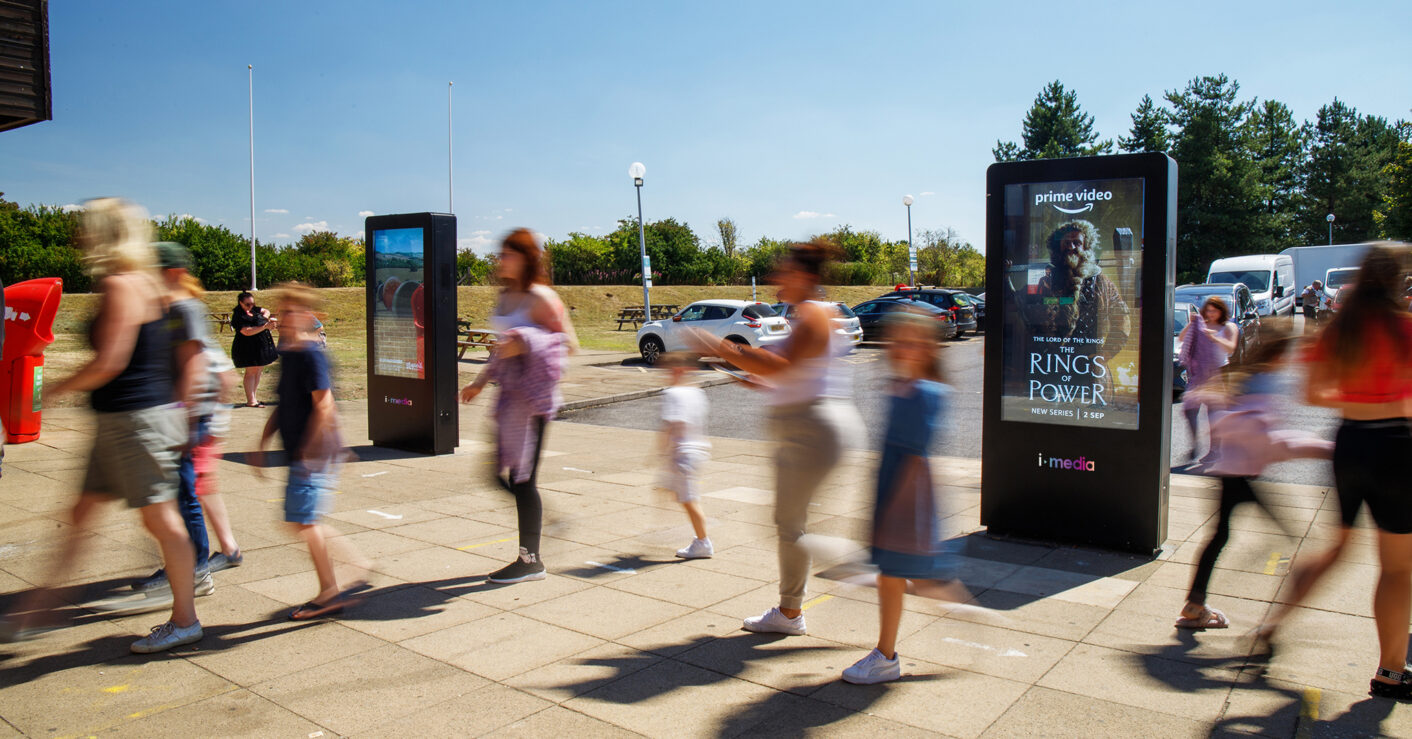
45% of MSA users have reduced subscriptions in past 12 months and there are real opportunities for streaming services to re-engage lapsed users across paid and free services. Beyond Netflix, the issue of churn and loyalty affects most streaming channels (Amazon Prime (almost a utility) and Disney+ (essential for the kids) are exceptions. Others, like Now and Apple TV+, particularly affected by churn have real opportunity to re-engage past users.
55% have signed up to services for short periods, primarily to watch specific content or as part of a free trial. Otherwise, audiences are not averse to cutting subscriptions to make everyday cost savings. 18-34s and parents of younger kids were the most likely to need convincing of quality programming output, citing a lack of content to watch as a reason for churning. A quarter of MSA users regularly check on their subscription.
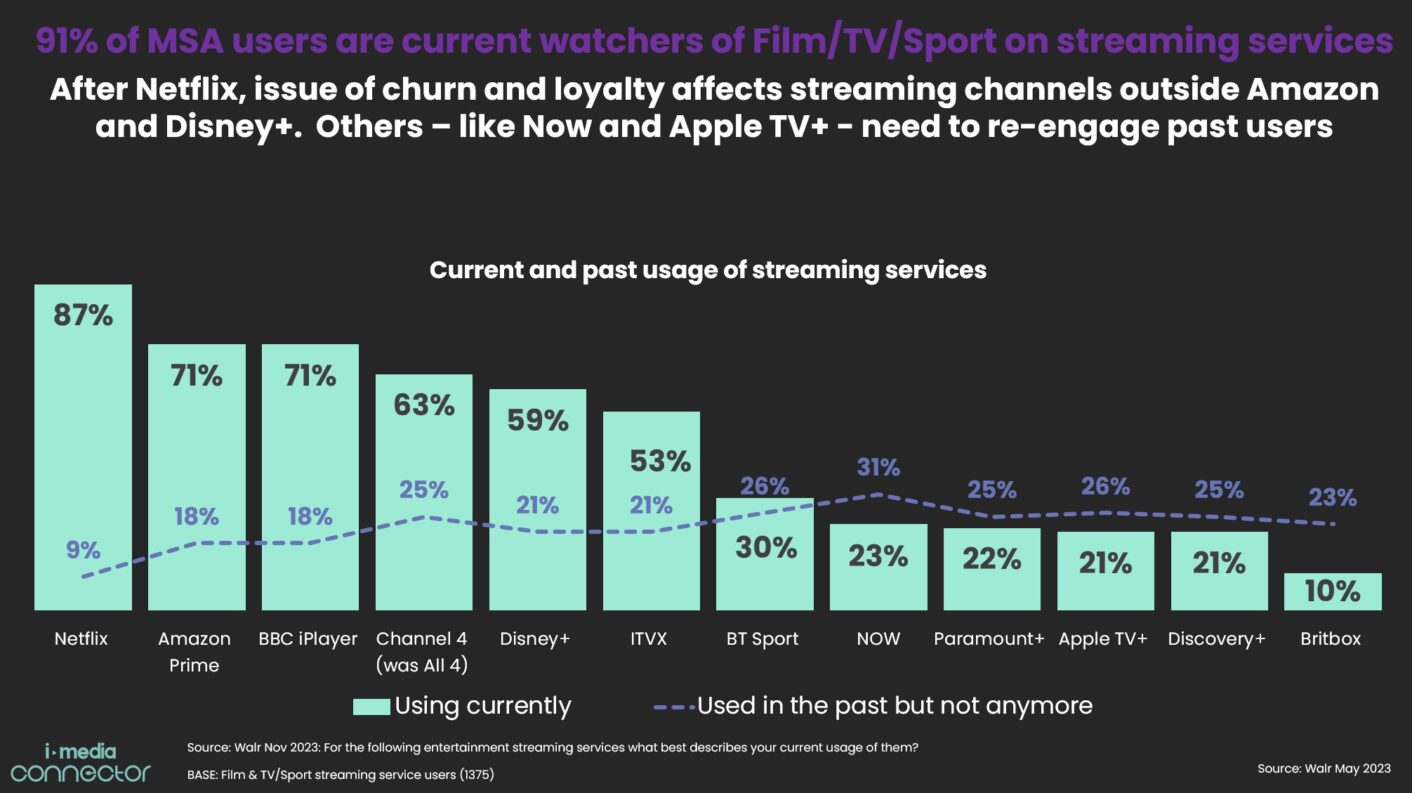
Understanding how we consume various content is crucial in finding the right audience fit. Younger audiences tend to want to plan ahead, relying on combinations of advertising, social media and word of mouth to gather information on what’s available across a plethora of platforms and channels.
61% of MSA visitors like to plan what they will watch in advance; the vast majority (over 80%) wanting to watch their preferred content as close to the release date as possible. Crucially, younger audiences are much more likely to plan ahead what to watch and are +25% more likely to want watch content on release.

Almost 4 in 10 say advertising influences their viewing choices. Knowledge is power and will be an important driver of word of mouth and social media engagement. Reaching audiences in the moment, in a relaxed or leisure mindset and with full-motion content should be a pre-requisite of any advertising. MSA Moments across the summer – where we see a discernible rise in leisure audiences around events, staycations and holidays – deliver several suitable moments to reach audiences in context with programme content.
MSA users are keen streaming service users on the go, with almost 60% downloading content to watch whilst away from home or on the go. This is highest for 18-34s and those with young children, with younger audiences much more adept at downloading and accessing through wi-fi or a VPN.
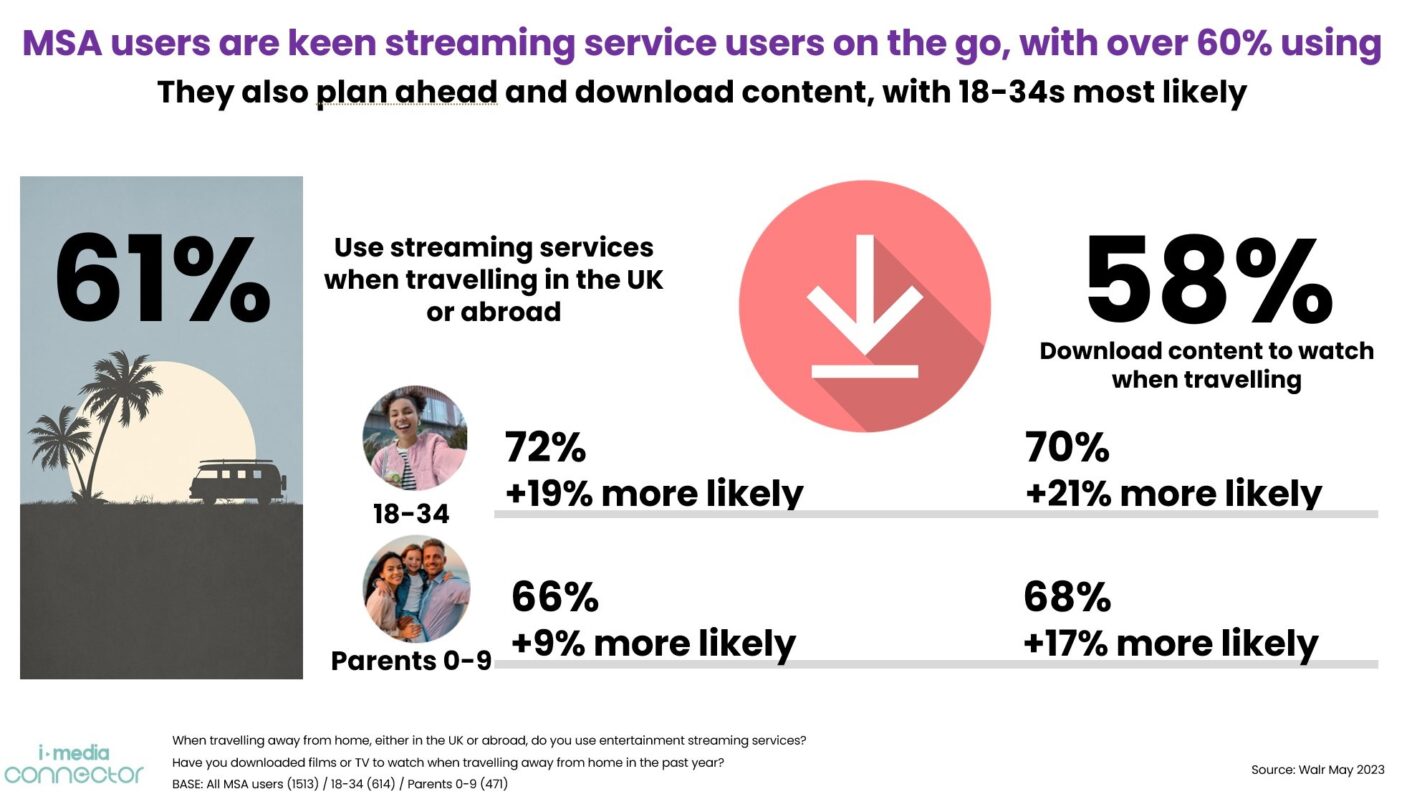
And audio services continue to rise in popularity. Amongst our highly mobile audience, radio is the most listened to in-car audio, but over half also listen to music streaming and 21% podcasts, which shows our MSA audiences are a great target for advertising campaigns promoting audio to regular drivers in whatever context – from commuting, to weekends away, to holidays. The key millennial audience and younger parents display much more varied listening habits, particularly when it comes to audiobooks and podcasts.
Audiobooks are listened to by 18% of MSA users, with most of these regular / weekly consumers. Social media is leading source of discovery, higher amongst 18-34s and young parents. But again, these groups are also more open to advertising as a discovery method. Advertising informs 30% of audiobook listeners, with young parents +29% more likely to use it to grow awareness.
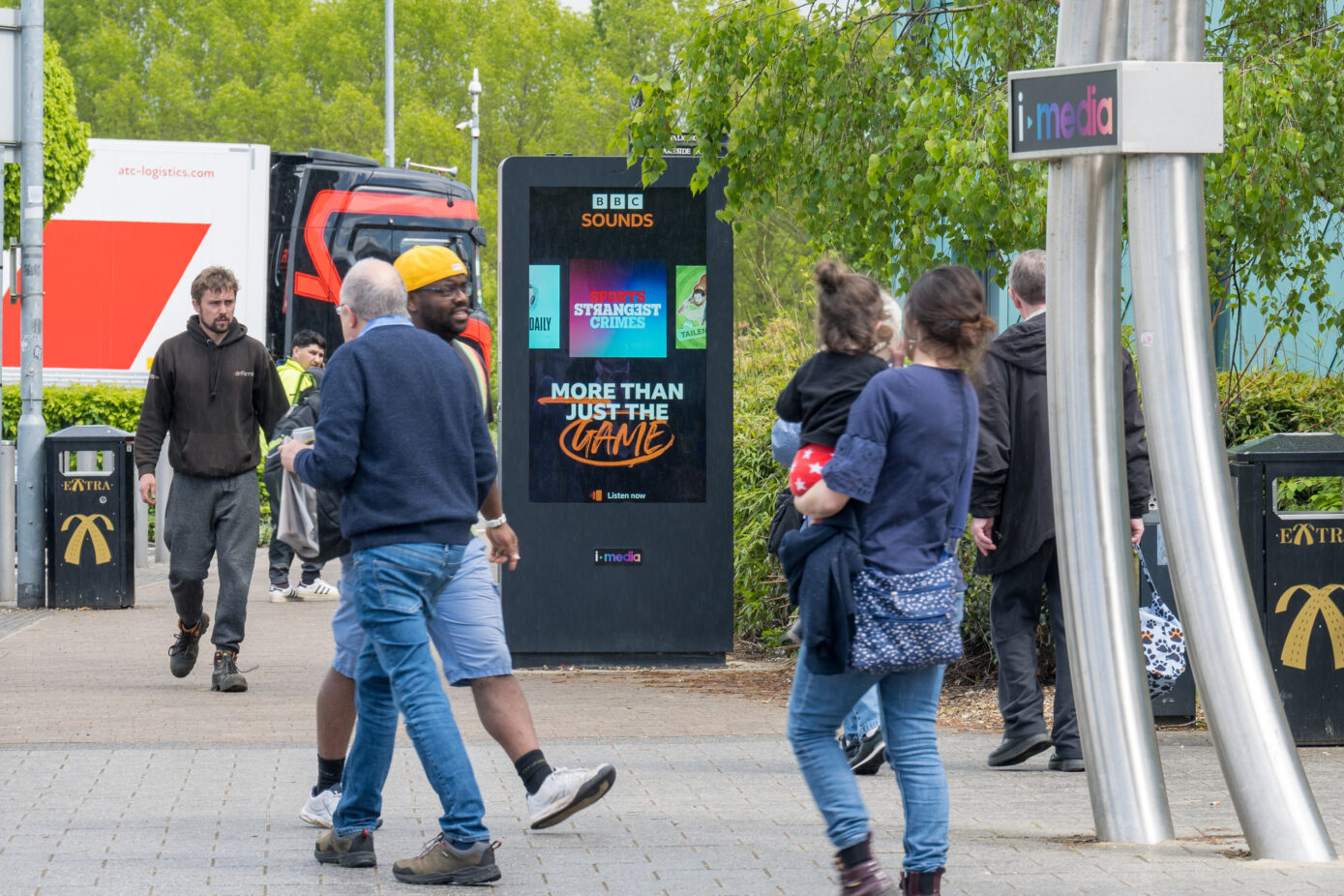
Our research shows the relevance of younger and parental MSA users for the range of entertainment offerings – their usage is prolific and highly targeted – as cost and competition drives a recurring lack of loyalty beyond one or two established platforms. Most audiences want readily consumable content and will adapt to what’s trending. They are keen to plan ahead and willing to download the right content on the go, happy to customise their entertainment experience according to their individual preferences.
What’s clear is that brands need to be smarter in engaging with audiences in different moments. There’s a real opportunity across the summer and beyond to engage segmented audiences at MSAs, whether commuters, those enjoying leisure journeys and moments, or families seeking a practical entertainment solution on the go.

